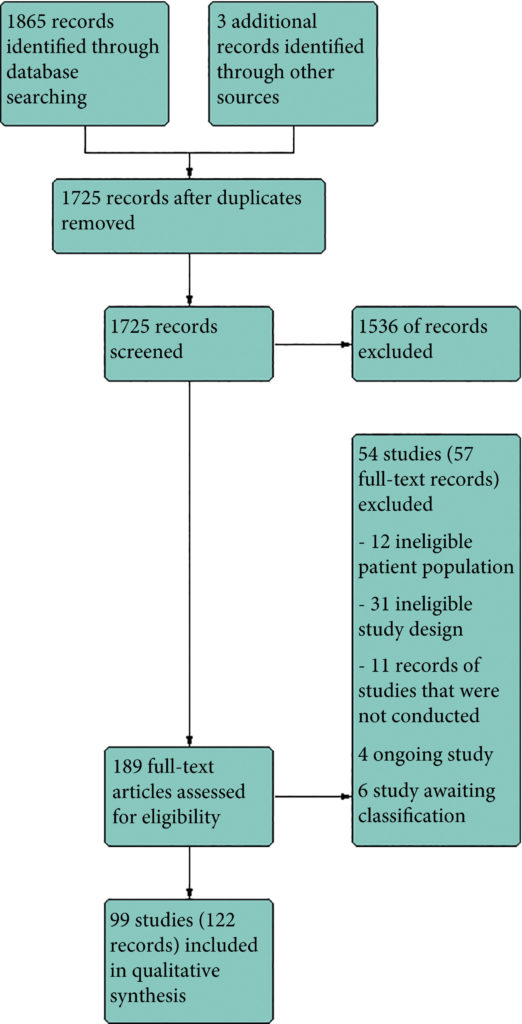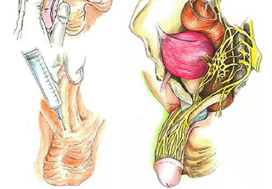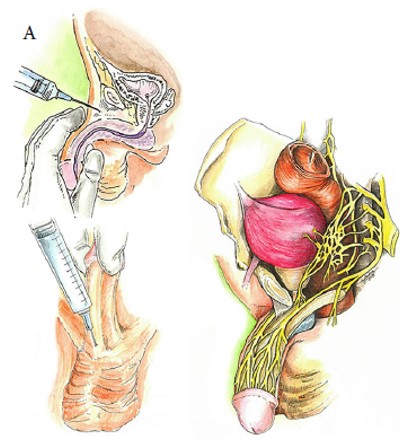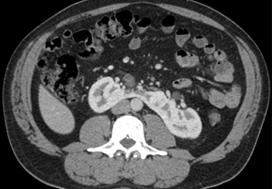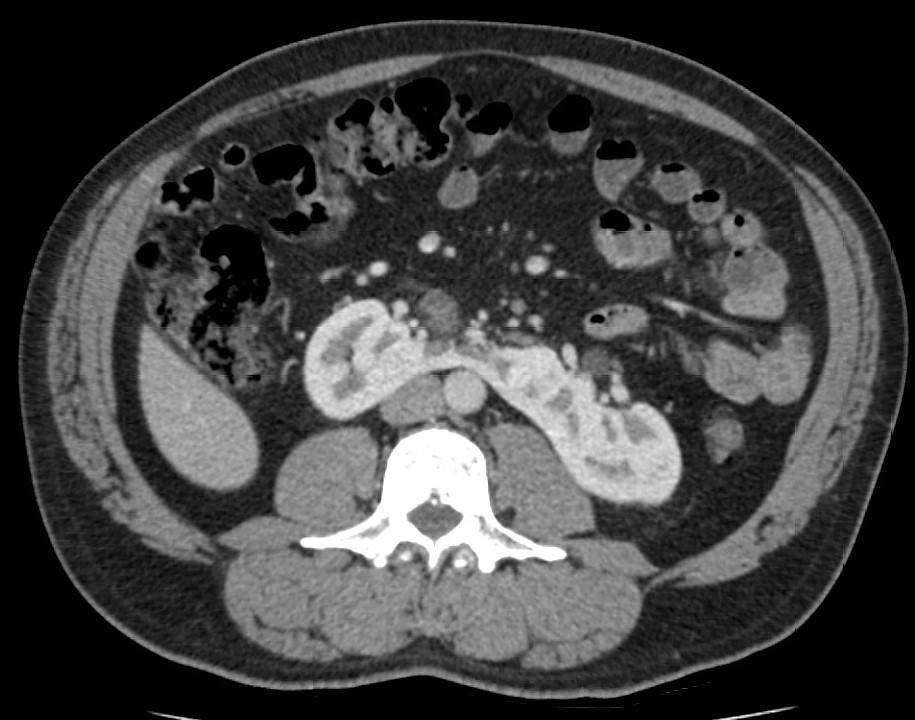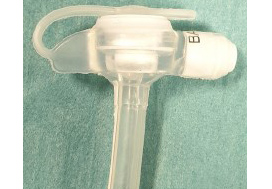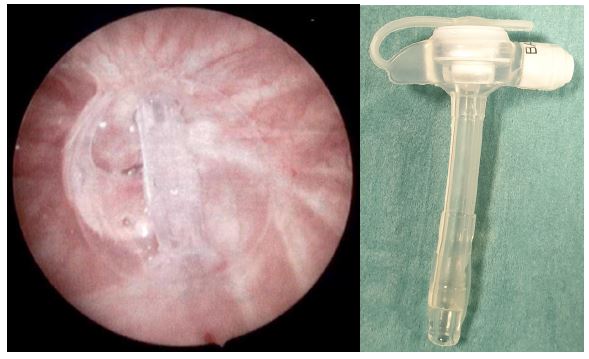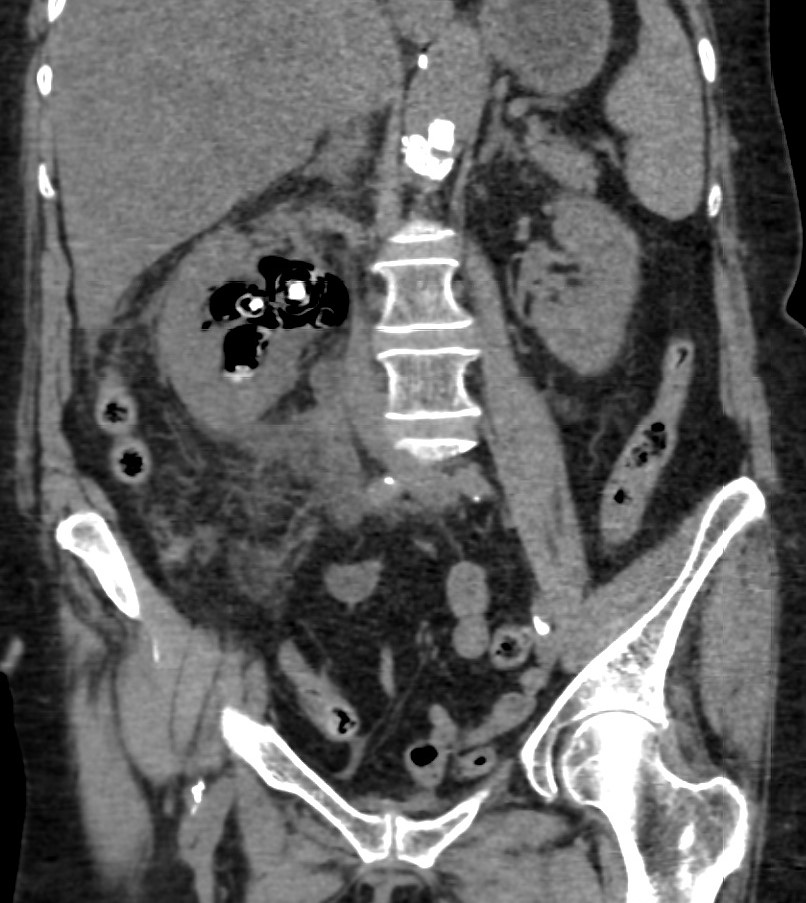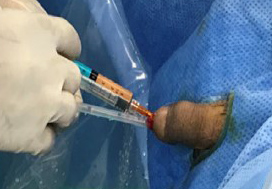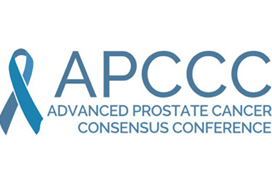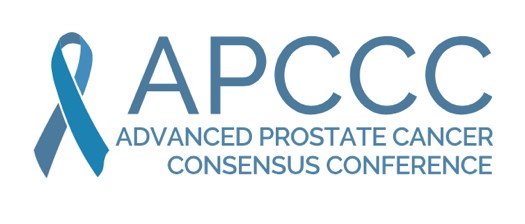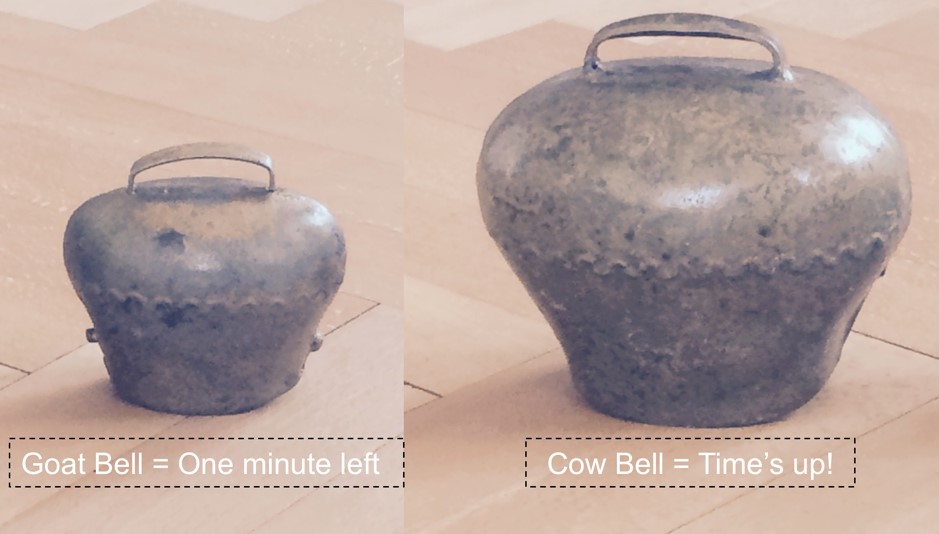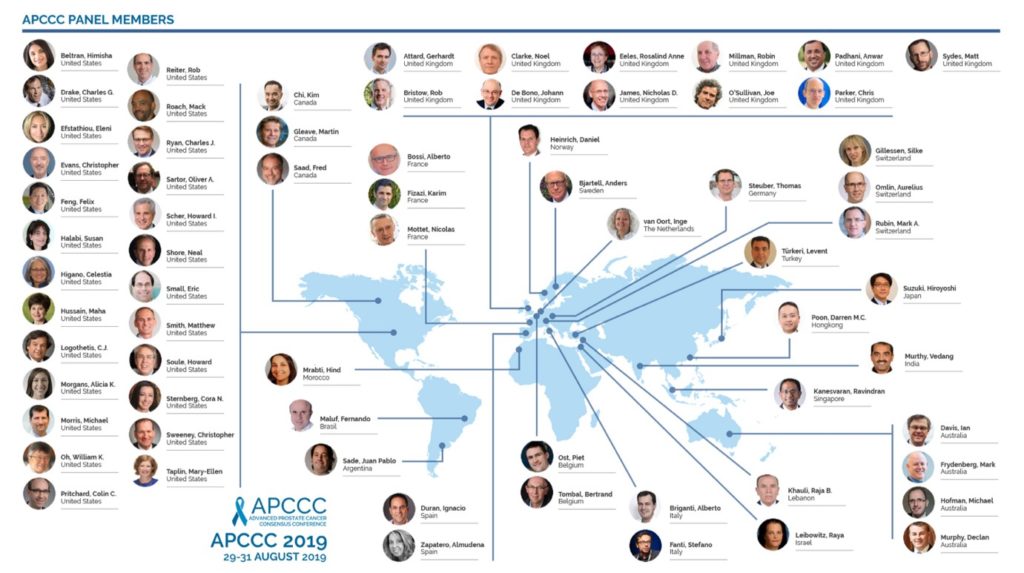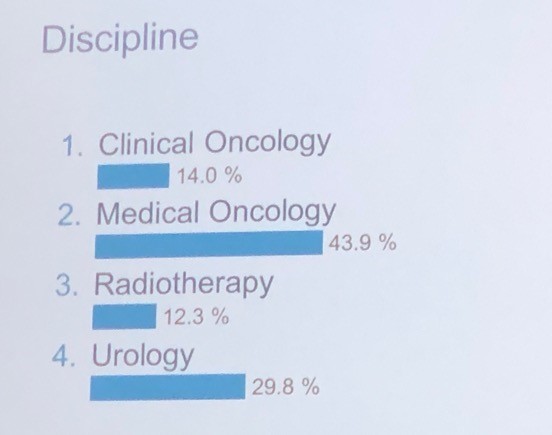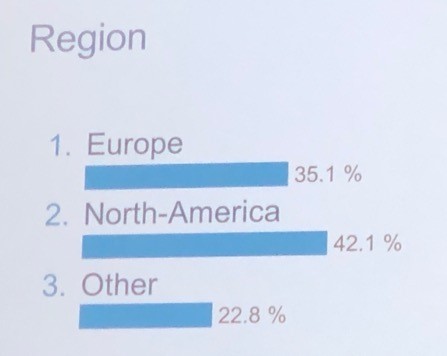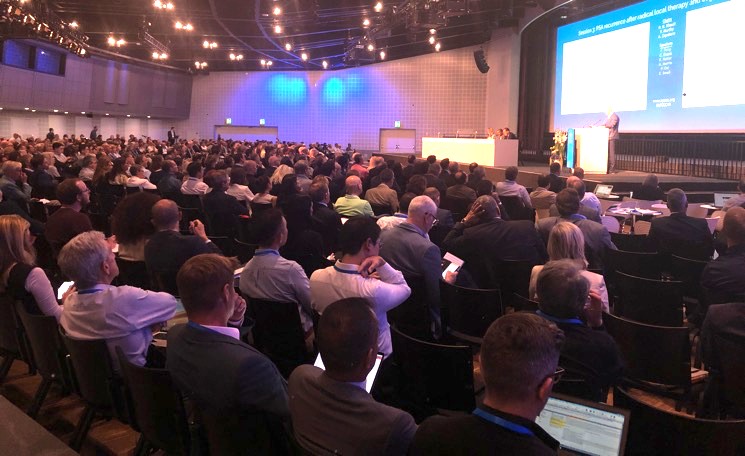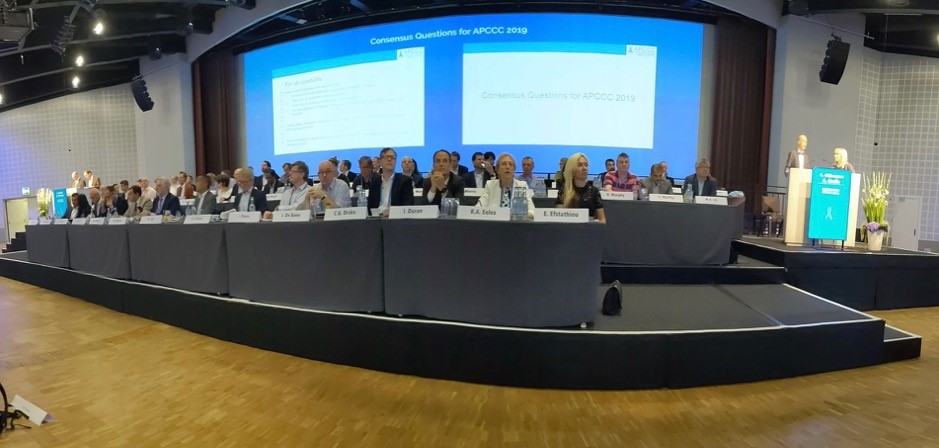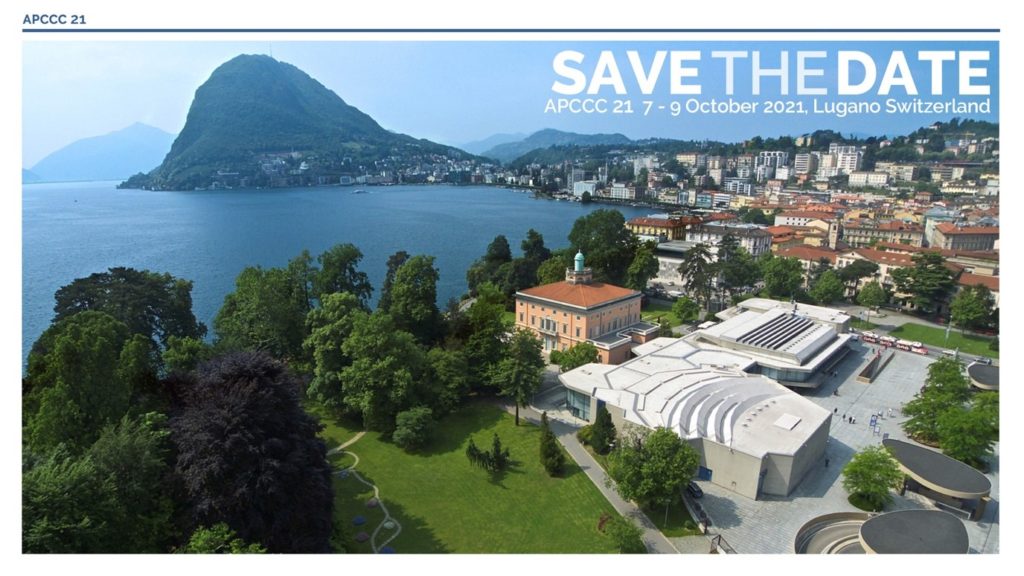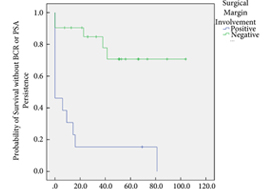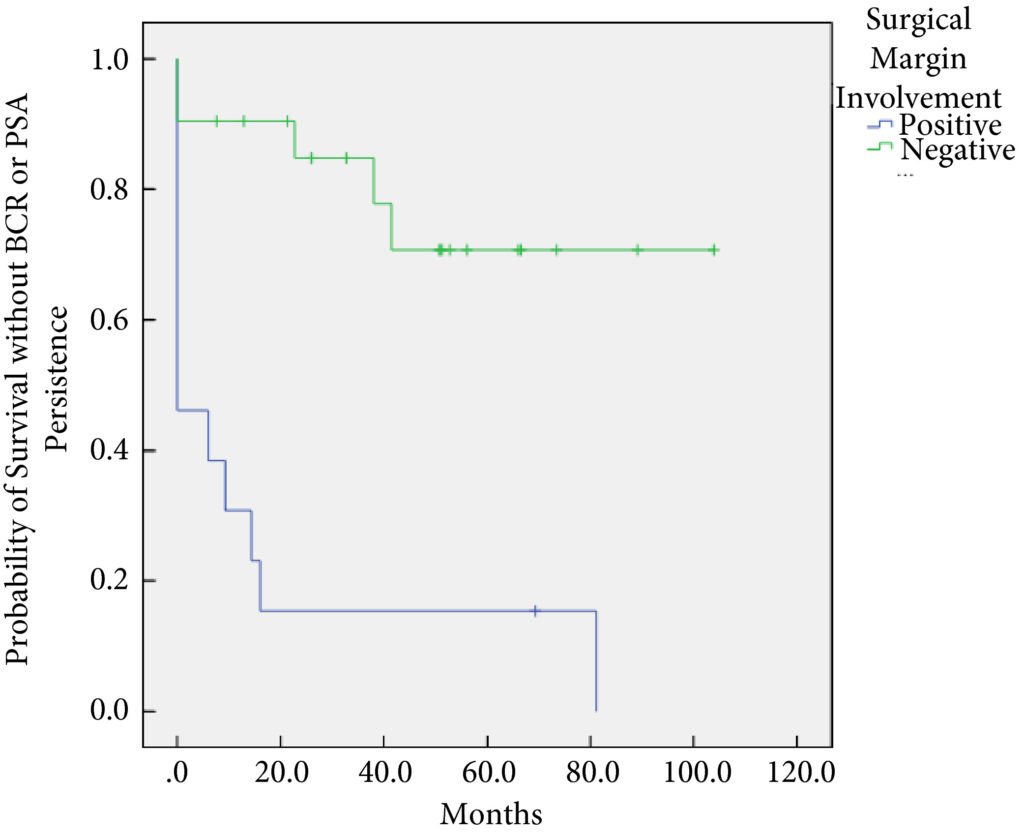Thank You To All Our 2020 Peer Reviewers
We would particularly like to thank the following individuals who are the top reviewers for the journal in 2020, all with ≥10 reviews
| Nathan Lawrentschuk | Sima Porten |
| Tobias Klatte | Roderick van den Bergh |
| Sigrid Carlsson | Stephan Madersbacher |
| Riccardo Autorino | Niranjan Sathianathen |
| Matthew Roberts | Yair Lotan |
| Alexander Cole | Asif Muneer |
We are extremely grateful to all our reviewers for their time and hard work during an incredibly difficult year
| Aastha | Abdollah, Firas | Abel, E. | Abouassaly, Robert |
| Abrams, Paul | Abreu, Leonardo | Acher, Peter | Adolfsson, Jan |
| Adshead, James | Ahdoot, Michael | Ahlawat, Rajesh | Ahlgren, Johan |
| Ahluwalia, Puneet | Ahmad, Imran | Ahmed, Hashim | Ahmed, Kamran |
| Aho, Tev | Ajayi, Leye | Al Jaafari, Feras | Alam, Ridwan |
| Albersen, Maarten | Albertsen, Peter | Alhasso, Ammar | Alifrangis, Constantine |
| Allaway, Matthew | Aloj, Luigi | Alzweri, Laith | Aminsharifi, Alireza |
| Anderson, Christopher | Anderson, Mark | Anderson, Paul | Andolfi, Ciro |
| Antonelli, Jodi | Apostolidis, Apostolos | Armitage, James | Arndt, Volker |
| Arora, Sohrab | Arsov, Christian | Ashrafi, Akbar | Assimos, Dean |
| Averbeck, Marcio | Aydin, Abdullatif | Baack Kukreja, Janet | Baard, Joyce |
| Babjuk, Marek | Badlani, Gopal H. | Bahnson, Robert | Bajic, Petar |
| Bajpai, Minu | Balasubramanian, Adithya | Ball, Mark | Bandini, Marco |
| Bangma, Chris | Barber, Neil | Barod, Ravi | Barrett, Tristan |
| Baumgarten, Adam | Beard, David | Becerra, Maria | Becher, Edgardo |
| Bedke, Jens | Behre, Hermann | Beisland, Christian | Belenchon, Ines |
| Bell, Richard | Berglund, Anders | Betschart, Cornelia | Bex, Axel |
| Bhandari, Mahendra | Bhat, Seetharam | Bhatt, Jaimin | Bhatt, Nikita |
| Bhindi, Bimal | Bianchi, Daniele | Bianchi, Lorenzo | Birkhäuser, Frédéric |
| Birkhäuser, Veronika | Biyani, Chandra | Bjartell, Anders | Blackmur, James |
| Blazeby, Jane | Blecher, Gideon | Blick, Christopher | Blok, Bertil |
| Bloom, Jonathan | Boddy, Jane | Bogaert, Guy | Bokhorst, Leonard |
| Bolgeri, Marco | Bolton, Damien | Boone, Timothy | Borkowska, Edyta |
| Bose, Pradeep | Boström, Peter | Bratt, Ola | Brehmer, Marianne |
| Brewin, James | Brewster, Simon | Briganti, Alberto | Bromage, Steve |
| Brooks, Nathan | Brouwer, Oscar | Brown, Christian | Brown, Matthew |
| Bryan, Richard | Bryant, Richard | Budäus, Lars | Buffi, Nicolò |
| Bukavina, Laura | Bultitude, Matthew | Burgu, Berk | Burkhard, Fiona |
| Butler, Santino | Butow, Phyllis | Byrne, Fiona | Cadeddu, Jeffrey |
| Cahill, Declan | Cai, Tommaso | Caldamone, Anthony | Camilleri, Philip |
| Campbell, Jeffrey | Campeau, Lysanne | Campi, Riccardo | Canda, Abdullah Erdem |
| Canning, Douglas | Cantiello, Francesco | Capitanio, Umberto | Capogrosso, Paolo |
| Cardozo, Linda | Carlo, Buonerba | Caroppo, Ettore | Castiglione, Fabio |
| Castro-Diaz, David | Cathcart, Paul | Celia, Antonio | Cellek, Selim |
| Cerruto, Maria Angela | Challacombe, Ben | Chancellor, Michael | Chander, Sarat |
| Chandra, Ashish | Chandra, Lizzie | Chandrasekar, Thenappan | Chang, David |
| Chapin, Brian | Chapple, Christopher | Chatta, Gurkamal | Checcucci, Enrico |
| Chee, Justin | Cheung, Douglas | Chew, Ben | Chi, Thomas |
| Chin, Joseph | Chin, Kwang | Chin, Peter | Chin, Stephen |
| Chow, Ken | Christopher, Nim | Chuang, Yao-Chi | Chun, Felix |
| Chung, Doreen | Chung, Eric | Clark, Jack | Clemens, J. Quentin |
| Cohen, Ronald | Collins, Justin | Colquhoun, Alexandra | Compérat, Eva |
| Cone, Eugene | Coode-Bate, Jack | Cooper, Colin | Corcoran, Niall |
| Corcos, Jacques | Cosker, Thomas | Costello, Anthony | Cotterill, Nikki |
| Cox, Edward | Crabb, Simon | Cracco, Cecilia | Cranston, David |
| Cresswell, Joanne | Crockett, Matthew | Cross, Brian | Cruz, Célia |
| Cruz, Francisco | Cui, Helen | Culig, Zoran | Cullen, Victoria |
| Cumberbatch, Marcus | Cutress, Mark | Cuypers, Maarten | Cynk, Mark |
| Da Ros, Carlos | Dabestani, Saeed | Dahm, Philipp | Dan, Woodcock |
| D’Andrea, David | Daneshmand, Siamak | Danila, Daniel | Danuser, Hansjoerg |
| Darr, Christopher | Dasgupta, Ranan | Dauw, Casey | Davies, Lucy |
| Davis, John | De Giorgi, Ugo | de la Taille, Alexandre | De Meerleer, Gert |
| De Reijke, Theo M. | De Win, Gunter | Del Popolo, Giulio | D’Elia, Carolina |
| Dell’Oglio, Paolo | Delprado, Warick | Denstedt, John | Derweesh, Ithaar |
| Desai, Janak | Desai, Mahesh | Diamond, David | Dinkelman-Smit, M. |
| Dmochowski, Roger | Doizi, Steeve | Donovan, Jenny | Dragos, Laurian |
| Drake, Marcus | Droupy, Stéphane | Dudderidge, Tim | Dukic, Ivo |
| Dundee, Philip | Eapen, Renu | Eardley, Ian | Eastham, James |
| Eberli, Daniel | Eddy, Ben | Eden, Christopher | Egawa, Shin |
| Egevad, Lars | Ehdaie, Behfar | Eichler, Martin | Eisenberger, Mario |
| Eisner, Brian | Elders, Andrew | Eldred-Evans, David | Elhage, Oussama |
| Ellis, Robert | Elmamoun, Mamoun | Elneil, Sohier | Elsamra, Sammy |
| Elshal, Ahmed | Elterman, Dean | Emberton, Mark | Engeler, Daniel |
| Enikeev, Dmitry | Enting, Deborah | Epstein, Jonathan | Erickson, Andrew |
| Escudero, Lorena | Eure, Gregg | Everaert, Karel | Everaerts, Wouter |
| Eversden, Elizabeth | Eyre, David | Falagario, Ugo | Falcone, Marco |
| Faltas, Bishoy | Feber, Andrew | Fero, Katherine | Ferro, Matteo |
| Ficarra, Vincenzo | Fife, Kate | Finazzi Agrò, Enrico | Finch, William |
| Fletcher, Sean | Fojecki, Grzegorz | Friedlander, David | Frydenberg, Mark |
| Furr, James | Furrer, Marc | G. Zaorsky, Nicholas | Gacci, Mauro |
| Gadzhiev, Nariman | Gadzinski, Adam | Gakis, Georgios | Galfano, Antonio |
| Gall, Zara | Gallagher, Kevin | Gallieni, Maurizio | Gandaglia, Giorgio |
| Gao, Chuanyu | Gearhart, John | Geavlete, Petrisor | Georgiades, Fanourios |
| Geurts, Nicolas | Ghai, Sangeet | Ghani, Khurshid | Ghazi, Ahmed |
| Gianduzzo, Troy | Giannantoni, Antonella | Gietzmann, William | Giganti, Francesco |
| Gilbert, James | Gild, Philipp | Giusti, Guido | Gnanapragasam, Vincent |
| Goldenberg, Larry | Goldman, Howard | Goldsmith, Louise | Golla, Vishnukamal |
| Gomes, Cristiano | Gontero, Paulo | Good, Daniel | Goonewardene, Sanchia |
| Gordon, Stephen | Gorin, Michael | Graefen, Markus | Granr, Aurelie |
| Gravas, Stavros | Gregg, Justin | Grilo, Nuno | Groen, Jan |
| Gross, Oliver | Gross, Tobias | Grummet, Jeremy | Gulati, Roman |
| Gurney, Howard | Guru, Khurshid | Guruli, Georgi | Ha, Yun-Sok |
| Hackett, Geoff | Hakenberg, Oliver | Hakimi, A Ari | Hamid, Rizwan |
| Hamm, Rebecca | Han, Deok Hyun | Han, Ping | Handelsman, David |
| Hasan, Mudhar | Hashad, Mohamed Mohie Eldin | Hashimoto, Takeshi | Hatakeyama, Shingo |
| Haug, Alexander | Häuser, Lorine | Hautmann, Richard E. | Hayne, Dickon |
| Heck, Matthias | Heer, Rakesh | Hegarty, Paul K. | Heidenreich, Axel |
| Heijnsdijk, Eveline | Helfand, Brian | Heller, Nick | Hellstrom, Wayne |
| Henderson, John | Hendry, Rob | Henry, Ann | Hensley, Patrick |
| Herkommer, Kathleen | Hermanns, Thomas | Herrmann, Thomas | Hindley, Richard |
| Hofman, Michael | Hollingsworth, John | Holmberg, Lars | Hosseini, Abolfazl |
| Houédé, Nadine | Hounsome, Luke | Hovens, Chris | Howles, Sarah |
| Hu, Jim | Hughes, Simon | Hulson, Oliver | Humphreys, Mitchell |
| Hung, Andrew | Husmann, Douglas | Hutel, Michael | Hwang, Eu Chang |
| Igawa, Yasuhiko | Ilg, Marcus | Innos, Kaire | Ishioka, Junichiro |
| Jambor, Ivan | JC, Liao | Johnson, Mark | Johnston, Thomas |
| Jonasch, Eric | Jones, James | Joseph, Jean | Joyce, Adrian |
| Jung, Helene | Jung, Jae Hung | Junker, Kerstin | Kalejaiye, Ayo |
| Kamal, Wissam | Kamat, Ashish | Kamphuis, Guido | Kaouk, Jihad |
| Kaplan, Steven | Karakiewicz, Pierre | Karam, Jose | Karnes, R |
| Kasivisvanathan, Veeru | Kassouf, Wassim | Kastner, Christof | Kates, Max |
| Kattan, Mike | KAYA, ENGIN | Kayes, Oliver | Keam, Simon |
| Keanie, Julian | Keeley, Frank | Kekre, Nitin | Keoghane, Stephen |
| Kessler, Thomas | Khaki, Ali | Khan, Muhammad Shamim | Khetrapal, Pramit |
| Khochikar, Makarand | Kim, Hyung | Kim, Isaac | Kimura, Shoji |
| Kirsch, Andrew J. | Kishida, Takeshi | Kiss, Bernhard | Kitta, Takeya |
| Klein, Eric | Klein, Robert | Kliesch, Sabine | Klotz, Laurence |
| Kneebone, Andrew | Knight, Simon | Knipper, Sophie | Knoll, Thomas |
| Knudsen, Bodo | Kobayashi, Takashi | Kockelbergh, Roger | KOGA, Fumitaka |
| Kondo, Tsunenori | Konety, Badrinath | Koo, Kyo Chul | Korte, James |
| Kosmoliaptsis, Vasilis | Kotb, Ahmed | Kovac, Evan | Kozomara, Marko |
| Krambeck, Amy | Kramer, Mario | Kretschmer, Alexander | Kriegmair, Maximilian |
| Kroeger, Nils | Krokidis, Miltos | Kulkarni, Meghana | Kulkarni, Sanjay |
| Kumar, Sunil | Kumar, Vivekanandan | Kundu, Bibhas | Kuo, Hann-Chorng |
| Kurithof-de Julio, Marianna | Kutikov, Alex | Kwan, Edmond | Laguna, Pilar |
| Laird, Alexander | Lallas, Costas | Lam, Thomas | Lam, Wayne |
| Lamb, Alastair | Lamb, Benjamin | Landman, Jaime | Langenhuijsen, Johan |
| Lantz, Anna | Larcher, Alessandro | Lascano, Danny | Laurentino, Sandra |
| Le Roux, Pieter | Lec, Patrick | Lee, Eugene | Lee, Wai Gin |
| Leiber, Christian | Leitner, Lorenz | Lenfant, Louis | Lenis, Andrew |
| Leow, Jeffrey | Leppert, John | Lerner, Lori | Leung, Steve |
| Levine, Larry | Lewington, Andrew | Leyh-Bannurah, Sami-Ramzi | Liatsikos, Evangelos |
| Liau, Siong | Lilja, Hans | Liow, Elizabeth | Lipkin, Michael |
| Lipshultz, Larry | Liu, Jui-Ming | Lo, Simon | Loblaw, Andrew |
| Loeb, Stacy | Lonergan, Peter | Lopez, Francisco | Lopez-Beltran, Antonio |
| Louie, Alexander | Louie-Johnsun, Mark | Love, Christopher | Lovegrove, Catherine |
| Lucca, Ilaria | Lughezzani, Giovanni | Luiting, Henk | Luk, Angus |
| Luo, Jun | Luzzago, Stefano | Ma, Runzhuo | MacLennan, Sara |
| MacPherson, Ruth | Madaan, Sanjeev | Madersbacher, Helmut | Magee, Diana |
| Mahal, Brandon | Malde, Sachin | Manecksha, Rustom | Manley, Brandon |
| Mantica, Guglielmo | Marchioni, Michele | Margulis, Vitaly | Mari, Andrea |
| Mariappan, Paramananthan | Mariotti, Guilherme | Mark, Stephen | Marks, Leonard |
| Marra, Giancarlo | Marshall, Ernie | Martin, Richard | Martini, Alberto |
| Masson-Lecomte, Alexandra | Masterson, Timothy | Matanhelia, Mudit | Matin, Surena |
| Matsumoto, Kazuhiro | Mattei, Agostino | Maurer, Tobias | Mazhar, Danish |
| Mazzone, Elio | McCaig, Fiona | McGrath, John | Mcintosh, lachlan |
| McNeill, Alan | Mehan, Nicholas | Mehnert, Ulrich | Mehrazin, Reza |
| Meijer, Richard | Mejean, Arnaud | Mendichovszky, Iosif | Meng, Maxwell |
| Menogue, Stuart | Menon, Mani | Merseburger, Axel | Mertens, Laura |
| Meyer, Christian | Miah, Saiful | Michel, Martin | Michels, Lars |
| Miernik, Arkadiusz | Millar, Jeremy | Miller, Eric | Miller, Nipor |
| Mills, Ian | Minhas, Suks | Mir, Maria | Mistretta, Francesco |
| Mitchell, Catherine | Mitchell, Tom | Mitin, Timur | Mitra, Anirban |
| Moch, Holger | Molden-Hauer, Tristan | Molina-Garrido, Maria-Jose | Monastyrskaya, Katia |
| Monn, M Francesca | Montorsi, Francesco | Moon, Daniel | Moore, Caroline |
| Moore, Katherine | Mordasini, Livio | Moretti, Kim | Morita, Masashi |
| Moschini, Marco | Moschovas, Marcio | Mossanen, Matthew | Mostafid, Hugh |
| Muhitch, Jason | Mühlstädt, Sandra | Muir, Gordon | Mukhopadhyay, Subhankar |
| Mulders, Peter | Mumtaz, Faiz | Mundy, Anthony | Murphy, Declan |
| Murray, Julia | Murray, Katie | Murtola, Teemu | Musco, Stefania |
| Mushtaq, Imran | Mynbaev, Ospan | Nabi, Ghulam | Nabi, Junaid |
| Nair, Rajesh | Namdarian, Benjamin | Narayan, Vikram | Nathan, Senthil |
| Neal, Naomi | Necchi, Andrea | Nelson, Adam | Netsch, Christopher |
| Neumeier, Vera | Neves, Joana | Nguyen, David-Dan | Nguyen, Hao |
| Nichol, David | Nickel, J. Curtis | Nicol, David | Nieboer, Daan |
| Nieto, Yago | Nobrega, Richard | Nonomura, Norio | Nordhoff, Verena |
| Nottingham, Charles | Nyame, Yaw | Nzenza, Tatenda | Oades, Grenville |
| O’Brien, Tim | O’Brien, Timothy | O’Connor, Kevin | Oddens, Jorg |
| Oh, William | Olsburgh, Jonathon | Omer, Altan | Ong, Wee |
| Osses, Daniël | Osther, Palle | O’Sullivan, Richard | Oudard, Stéphane |
| Ouzaid, Idir | Paciotti, Marco | Page, Toby | Pal, Sumanta |
| Paller, Channing | Panebianco, Valeria | Panicker, Jalesh | Pannek, Jürgen |
| Pantuck, Allan | Pariser, Joseph | Parker, Chris | Parnham, Arie |
| Partin, Alan | Pasquier, David | Patel, Hiten | Patel, Keval |
| Patel, Manish | Patel, Parth | Patel, Uday | Patel, Vipul |
| Patil, Vishal | Patki, Prasad | Patterson, Jake | Pavlovich, Christian |
| Payne, Steve | Pearce, Ian | Pearle, Margaret | Pecoraro, Angela |
| Penzkofer, Tobias | Perera, Marlon | Perez Fentes, Daniel | Pérez, Daniel |
| Peters, Craig | Peters, Inga | Peters, Max | Petros, Firas |
| Pettaway, Curtis | Peyronnet, Benoit | Pfail, John | Pfister, David |
| Phé, Véronique | Philip, Stuart | Pierorazio, Phillip | Ploumidis, Achilles |
| Pokorny, Morgan | Pontari, Mike | Pook, David | Popert, Richard |
| Porcaro, Antonio | Porpiglia, Francesco | Porter, James | Portis, Andrew |
| Poulsen, Mads | Pradere, Benjamin | Preminger, Glenn | Presicce, Fabrizio |
| Preston, Mark | Proietti, Silvia | Protheroe, Andrew | Pryor, David |
| Quarrier, Scott | Radtke, Jan Philipp | Ragab, Mostafa | Rai, Bhavan |
| Raison, Nicholas | Rajan, Prabhakar | Rajan, Probhakaran | Rakauskas, Arnas |
| Ralph, David | Ramakrishnan, Venkat | Ramasamy, Ranjith | Ranasinghe, Weranja |
| Rane, Abhay | Rannikko, Antti | Rashid, Aso Omer | Rashid, Prem |
| Rassweiler, Jens | Rastinehad, Ardeshir | Ratan, Hari | Ratliff, Timothy |
| Rawal, Sudhir | Razvi, Hassan | Rees, Rowland | Reeves, Fairleigh |
| Rehder, Peter | Reisman, Yacov | Reiter, Robert | Remzi, Mesut |
| Reynard, John | Richenberg, Jonathan | Rider, Jennifer | Rieken, Malte |
| Riggs, Stephen | Rimmer, Yvonne | Rink, Michael | Roberts, William |
| Robinson, Brian | Robinson, Dudley | Robson, Craig | Rocco, Bernardo |
| Rochester, Mark | Roehrborn, Claus | Rogers, Craig | Roghmann, Florian |
| Rolevich, Alexander | Romero Otero, Javier | Rosario, Derek | Rosier, Peter |
| Ross, Ashley | Rossi, Sabrina | Rottenberg, Giles | Rovito, Michael |
| Rowe, Courtney | Ruiz-Castañe, Eduardo | Rukin, Nicholas | Russell, Neil |
| Russo, Giorgio Ivan | Russo, Paul | Sabnis, Ravindra | Sadeghi, Ramin |
| Sadeghi-Nejad, Hossein | Saeb-Parsy, Kasra | Sahai, Arun | Salami, Simpa |
| Salmon, Jonathan | Salonia, Andrea | Sammon, Jesse | Sanchez-Salas, Rafael |
| Sangster, Philippa | Sansone, Andrea | Sarma, Aruna | Satasivam, Prassannah |
| Satkunasivam, Raj | Savovic, Jelena | Schagdarsurengin, Undraga | Schalken, Jack |
| Schartau, Patricia | Scheiner, David | Schenk, Jeannette | Schmitz-Dräger, Bernd |
| Schneider, Florian | Schneider, Marc | Schurch, Brigitte | Scriven, Sharon |
| Seisen, Thomas | Sengupta, Shomik | Sethi, Kapil | Sethia, Krishna |
| Sfakianos, John | Shabbir, Majed | Shabbir, Majid | Shah, Amishi |
| Shapiro, Daniel | Sharma, Gyanendra | Shaw, Greg | Sheinfeld, Joel |
| Shi, Zhongjie | Shiradkar, Rakesh | Shoag, Jonathan | Shoji, Sunao |
| Siddiqui, M | Sievert, Karl-Dietrich | Singla, Nirmish | Siva, Shankar |
| Skipworth, Richard | Skolarus, Ted | Smith, Angela | Smith, Phillip |
| Smyth, Lisa | Soares, Ricardo | Soave, Armin | Soloway, Mark |
| Somani, Bhaskar | Sonn, Geoffrey | Sood, Akshay | Soomro, Naeem |
| Sooriakumaran, Prasanna | Soria, Francesco | Sotelo, Rene | Speakman, Mark |
| Speakman, MJ | Spiess, Phillippe | Sprenkle, Preston | Srinivasan, Arun |
| Sripathi, Venkat | Sriprasad, Seshadri | Staehler, Michael | Stai, Bethany |
| Stamatiou, Konstantinos | Stark, Dan | Stattin, Pär | Stenzl, Arnulf |
| Steuber, Thomas | Steyerberg, Ewout | Stillebroer, Alexander | Stinesen Kollberg, Karin |
| Stish, Bradley | Stockler, Martin | Stoffel, John | Stolzenburg, Jens-Uwe |
| Stone, Nelson | Stratton, Kelly | Strebel, Räto | Stricker, Phillip |
| Sturch, Paul | Suarez, Rodrigo | Subramaniam, Ramnath | Sullivan, Mark |
| Sur, Roger | Taghizadeh, Arash | Takeda, Toshikazu | Tan, Hung-Jui |
| Tan, Wei Shen | Tandogdu, Zafer | Tang, Chad | Teh, Jiasian |
| Tekgul, Serdar | Teoh, Jeremy | Terris, Martha K. | Tewari, Ash |
| Thalmann, George | Thiruchelvam, Nikesh | Thomas, Charalampos | Thomas, Johanna |
| Thomas, John | Thomas, Kay | Thomas, Raju | Thompson, James |
| Thompson, Peter | Thompson, Robert | Thurairaja, Ramesh | Tilki, Derya |
| Timilshina, Narhari | Tiselius, Hans-Göran | Todenhöfer, Tilman | Toren, Paul |
| Torinic, Jure | Tortolero, Leonardo | Tosoian, Jeffrey | Touijer, Karim |
| Tourinho-Barbosa, Rafael | Tran, Ben | Tran, Maxine | Traxer, Olivier |
| Trenti, Emanuela | Tubaro, Andrea | Tully, Karl | Turkbey, Baris |
| Turnbull, Arran | Turney, Ben | Tuthill, Mark | Tyerman, Kay |
| Ukimura, Osamu | Unwala, Darius | Urkmez, Ahmet | Ursprung, Stephan |
| Usher-Smith, Juliet | Van der Aa, Frank | van der Kwast, Theo | van der Poel, Henk |
| Van Hemelrijck, Mieke | van Koeveringe, Gommert | van Leeuwen, Pim | van Moorselaar, Jeroen |
| van Rhijn, Bas | van Rij, Simon | Vanharanta, Sakari | Vasdev, Nikhil |
| Vasudev, Naveen | Veal, Gareth | Venderbos, Lionne | Verrill, Clare |
| Vickers, Andrew | Vince, Randy | Wagenlehner, Florian | Walter, Matthias |
| Walz, Jochen | Ward, John | Warren, Anne | Washington III, Samuel |
| Watkin, Nick | Watson, Graham | Watson, William | Weber, Manuel |
| Welk, Blayne | Weston, Michael | Wetherell, David | Whitehead, David |
| Wibmer, Andreas | Williams, Andrew | Williams, James | Williams, Michael |
| Williams, Stephen | Willis, Susan | Wilson, Steven | Wischmann, T. |
| Wiseman, Oliver | Witjes, Fred | Witjes, J. | Wöllner, Jens |
| Wong, Lih-Ming | Woo, Henry | Wood, Dan | Worst, Thomas |
| Wylie, Kevan | Wysock, James | Xylinas, Evanguelos | Yamada, Yasutaka |
| Yamamoto, Hide | Yang, Bing | Yang, Bob | Yang, David |
| Yaxley, John | Ye, Dingwei | Yong, Cissy | Young, Matthew |
| Young, Robin | Zainal Abidin, Zainal Adwin | Zakri, Rhana | Zaorsky, Nicholas |
| Zargar Shoshtari, Kamran | Zargar, Homi | Zhao, Lee | Zhong, P. |
| Zhu, Gang | Zigeuner, Richard | Zimmern, Philippe | Zlotta, Alexandre |
| Znaor, Ariana | Zorn, Kevin |



